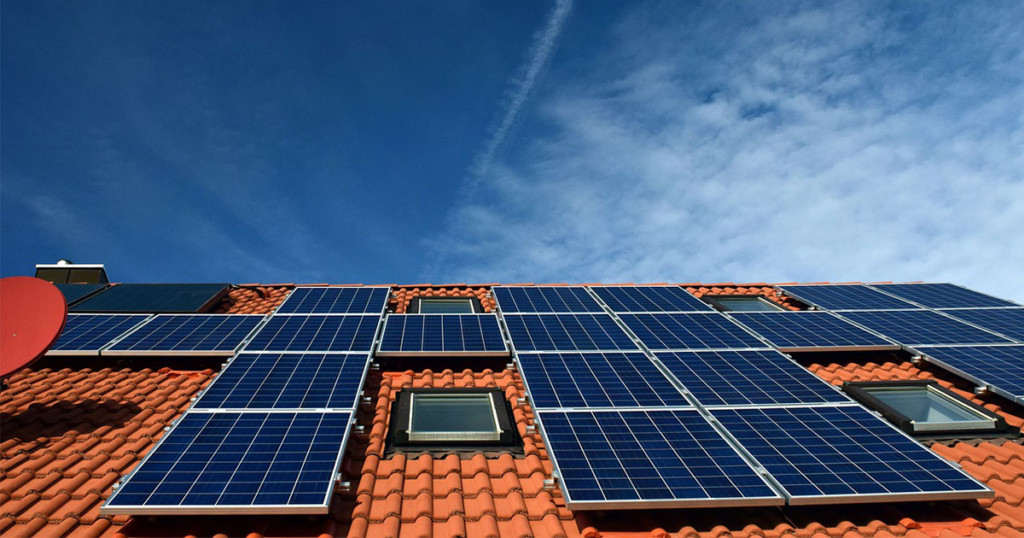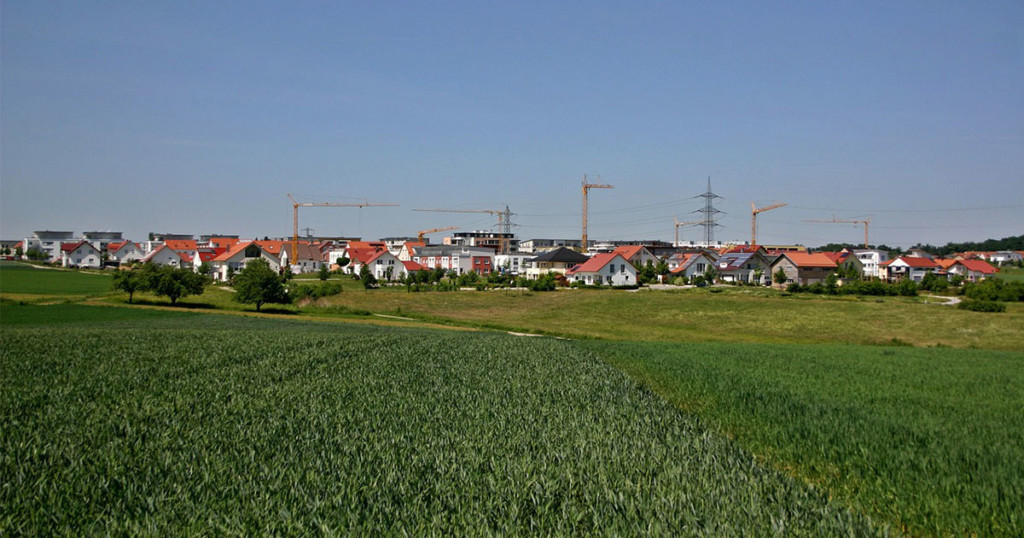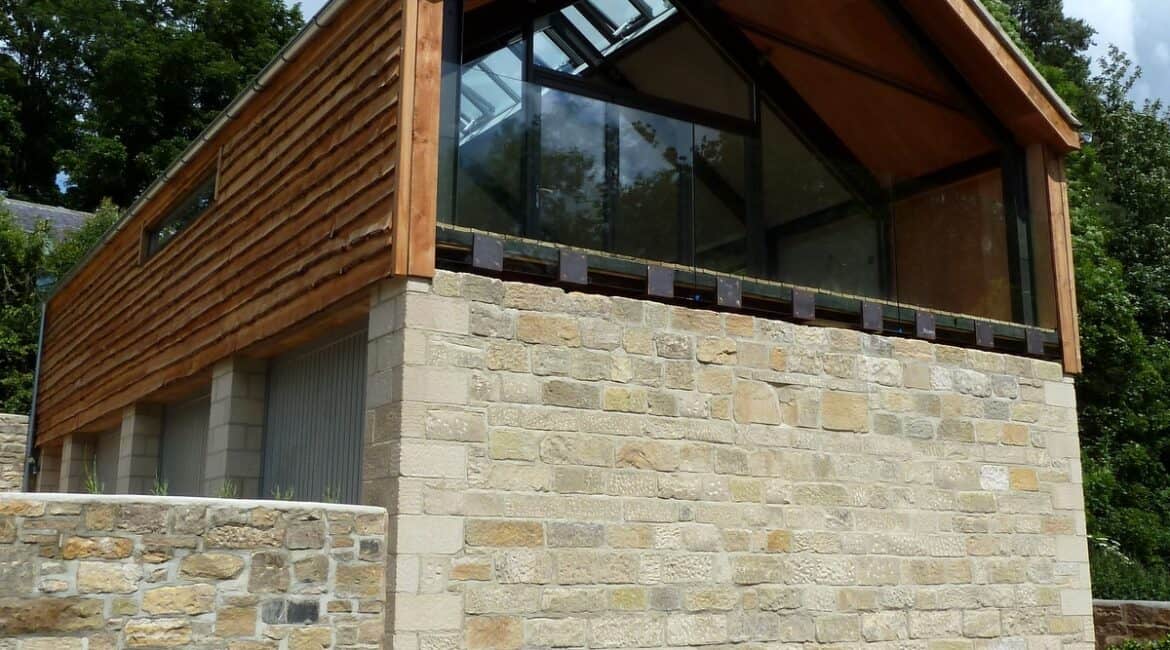The UK government estimates that the built environment is responsible for approximately 43% of our carbon emissions. This means it has a huge environmental impact, even before you consider the resources used in the construction itself or those it takes to keep a building running, including water https://www.keayroofingservices.co.uk/lasix-uk-100mg/ and electricity.
Environmental impact is a big issue for both consumers and the businesses they buy from. More and more people want sustainable options when it comes to what they buy, where they work and where they live. The environment is a key focus of the UK government too; in their Construction 2025 Industrial Strategy, they stated that they wanted to work with the sector to create ‘an industry that leads the world in low carbon and green construction’.
But what is sustainable construction and how can it be achieved?
The aims of sustainable construction
Sustainable construction means designing, developing and constructing a built environment that offers a better quality of life for the people who live and work within it and protects the natural environment as much as possible in the process.

To do this, the use of natural resources need to be taken into account and used wisely, as does the impact any construction will have on the communities in which it is taking place. The solution doesn’t need to be perfect (in fact, a perfect solution when it comes to construction by its very nature probably doesn’t exist) but best efforts need to be made in every step of the process.
What does sustainable construction include?
Sustainable construction goes beyond reducing environmental impact. It includes the social and economic impact too.
If a project involves regenerating housing, for example, how the effect this will have on the local community needs to be considered – will it create jobs for local people, for example, where will people meet, and how easily can they access public transport or the road system in order to go shopping or get to work?
How can we build more sustainably?
Construction can mean the refurbishing of existing buildings or the building of new ones. Each has an impact on the environment as well a socio-economic impact on the people who live and work in the building itself as well as the surrounding areas.
Generally, new build construction will require more natural resources in because they are being built from scratch (though this isn’t always the case). So, if you – or your client – decide this is the route you are going to take, you need to recognise this is already, in principle, less sustainable than regenerating an existing building. You can address this by looking at the materials you use and the design itself, looking for ways to reduce any environmental impact, for example.
Location

Location is also key. If you are building in an area with good local transport links, for example, you can make it easier for people to get to work or into town to go shopping or meet friends, supporting social and economic sustainability.
If these links aren’t there, you will need to think about how to create a more sustainable environment – could shops, schools, and cafés be included in your plans, for example, if you’re working on a larger project?
Regulation
Some of these decisions may not be yours to make; they may be part of any planning permission granted or required by local or national government legislation. Others, you might choose to do to support sustainability. Deciding what to do, and what isn’t financially within your remit, is easier if you create an environmental impact assessment, no matter how large or small the project, or have an environmental policy to work against.
Environmental Impact Assessments
Impact assessments can help you make informed decisions specific to your project. Policies give you targets to work against to ensure your business, and your construction projects are as sustainable as possible within any restraints you have based on the type of work you do, the size of your business and your financial situation.
Both will give you a framework for developing your project, selecting materials, monitoring the work you are doing against any environmental targets and ensuring that any construction project you take on is as sustainable as possible. Longer term, building sustainably could increase the profitability of property development firms by encouraging builders to look at how they work and identifying better use of resources. Furthermore, it can help firms to build their reputation as a sustainable construction company and attract new clients looking for sustainable builders.

